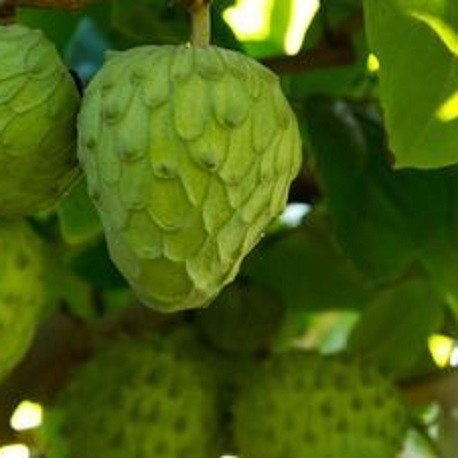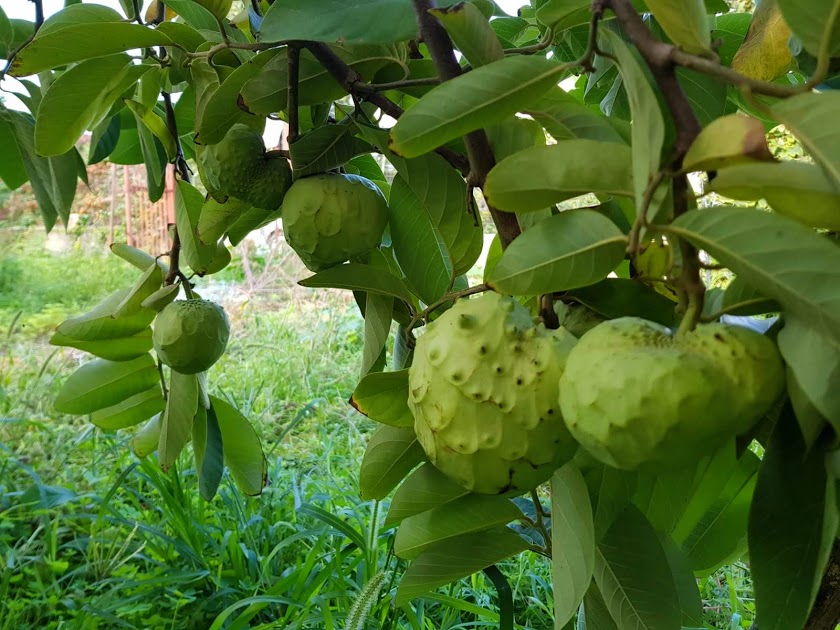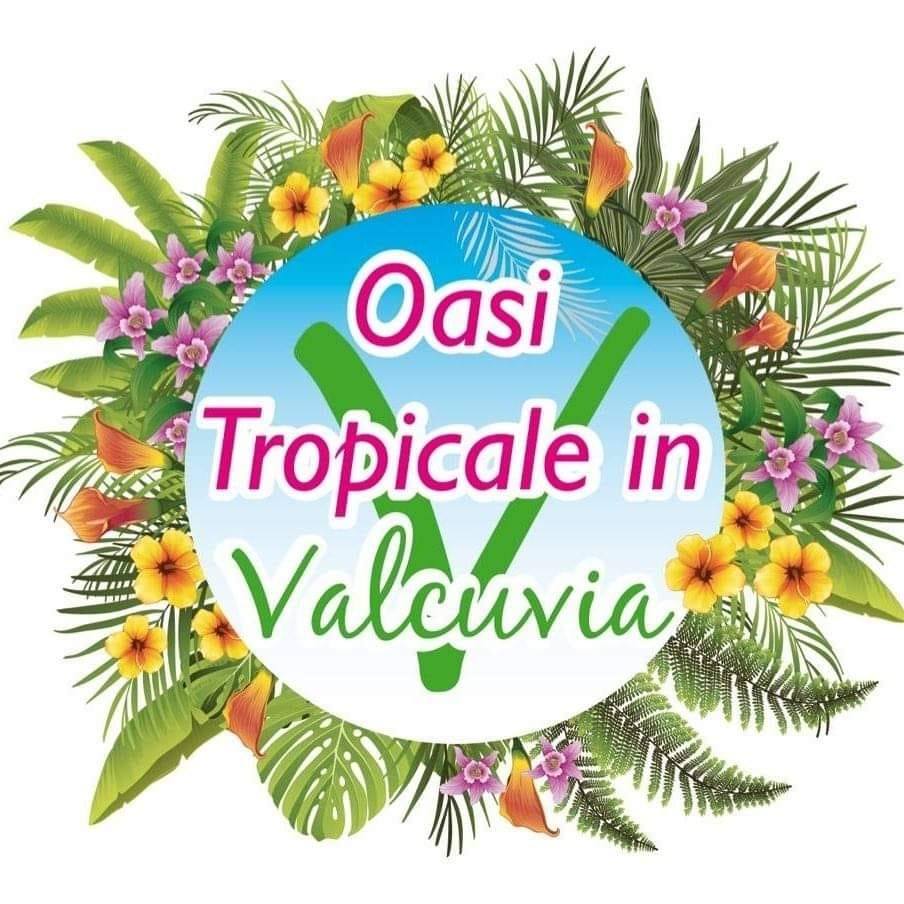-
ANNONA CHERIMOYA (CHERIMOLA) GRAFTED
ANNONA CHERIMOYA (CHERIMOLA) GRAFTED
Couldn't load pickup availability
MINIMUM TEMPERATURE SUPPORTED -1°C
(DATA REFERS TO AN ADULT PLANT IN OPTIMAL HUMIDITY AND SOIL CONDITIONS)
From Wikipedia, the free encyclopedia.
Annona cherimola it's a plant belonging to family Annonaceae [1] native to the highlands Andeans Of Peru , Ecuador , Colombia And Bolivia , also widespread in Argentina , Chile , California , Florida , Israel , Southern Africa , New Zeland and in various countries of the Mediterranean , among which Italy stands out province of Reggio Calabria [2] .
Its fruit in the land of origin is called chirimuya , hence the Italian transliteration cirimoia , but is also commonly known by its English name cherimoya or anona (which however also indicates the fruit of all species of type Annona ). Particularly the fruit attached to the tree with a section of branch, not a simple peduncle. Contains a large number of seeds. In the Mediterranean it ripens in autumn. The flavor is sub-acid and delicate, sometimes described as a blend between pineapple, mango and strawberry.
" The pineapple , the mangosteen and the cirimoia," wrote the botanist Berthold Carl Seemann, "are considered the finest fruits in the world, and I have tasted them in those localities where they should reach their highest perfection - the pineapple in Guayaquil, the mangosteen in the Indian Archipelago and the cirimoia on the slopes of the Andes, and if they asked me what would be the best fruit, I would choose without hesitation, cirimoia: its flavor, in fact, surpasses that of any other fruit and Haenke was perfectly right when he called it Nature's masterpiece." [3]
Cultivation
In Europe cirimoia is widely available on the markets at modest prices only in Spain , coming from considerable tracts of land in the valley of Almuñécar , south of Sierra Nevada .
In In Italy , however, the availability of this fruit is scarce and mostly limited to large cities, with the exception of the few areas in which the fruit can be grown ( eastern Sicily And province of Reggio Calabria throughout the coastal area ranging from Bagnara Calabra to Melito Porto Salvo ). It prefers hilly slopes facing south and close to the sea. When growing in warm soil, it rarely bears fruit and the fruits are of lower quality.
In Ecuador, cirimoia grows in areas with average annual temperatures between 18 and 20 °C, with minimums between 10 and 12 °C and maximums between 26.5 and 30 °C. Wild cirimoia commonly grows in areas with annual rainfall between 800 and 1,000 mm (concentrated in 8 months of the year) and with high humidity rates, between 75% and 85%. [4]
In Italy, the Annona plant exceeds 2 meters in height and has a poorly developed stem but with a thick foliage and large, pointed leaves. Flowering begins in May and continues until August (although in some cases it can last until October); then follow the phases of fruit set of the fruit and the beginning of ripening between the end of August and September. The harvest begins at the end of September and ends in mid-December.
The fruit has a smooth green-yellow skin and an irregular shape and can weigh more than 900 g. The soft cream-colored pulp is not very juicy and rich in the characteristic black seeds.
Annona ripens within a few days after harvesting. To prolong its shelf life, you can store it in the refrigerator. If, however, you want to speed up the ripening process, we recommend wrapping the fruit in wool or straw, an ancient remedy of our ancestors.[ without source ]
Annona should be enjoyed pure with the help of a teaspoon. Its very delicate exotic flavor is reminiscent of banana, pineapple and strawberry. The degree of ripeness must be optimal: the fruit appears firm to the eye but soft to the touch, still green, and the stem comes off delicately. When the color begins to turn towards brownish tones it means that the sugars are oxidising and the flavor is altered.[ without source ]
In recent years, many desserts have been made with annona such as sorbet, jam, tarts and ice cream. [5]
History
The origins of this fruit are very ancient; it seems that Inca cultivated annona in the valleys of Peru and Ecuador. From these areas, cultivation would have spread throughout Central and South America. The Incas nicknamed this fruit "Chirimoya", or "cold heart", due to its heart shape and green color. With the advent of the Spanish "conquistadores", annona was spread throughout the Mediterranean, particularly in Spain, today the world's largest producer.[ without source ]
It arrived in Italy at the beginning of the nineteenth century thanks to scholars and admirers, first at the Botanical Garden of Palermo , then in Calabria, in the coastal strip of the province of Reggio Calabria. In fact, Annona has combined well with citrus fruit plants and, since the last century, at least one specimen of this plant has been present in every plot of land.
Organoleptic properties
Annona is rich in potassium and for this reason it is indicated in the diets of the elderly, convalescents, pregnant women and children, even during the weaning phase. It also contains phosphorus, iron, vitamins A, B1, B2, C.[ without source ]
The edible part of the fruit is approximately 80%, excluding the peel and seeds.
RICHIEDI FOTO
RICHIEDI FOTO
Scrivimi su WhatsApp al +393472475878 per ricevere foto piante in vendita




